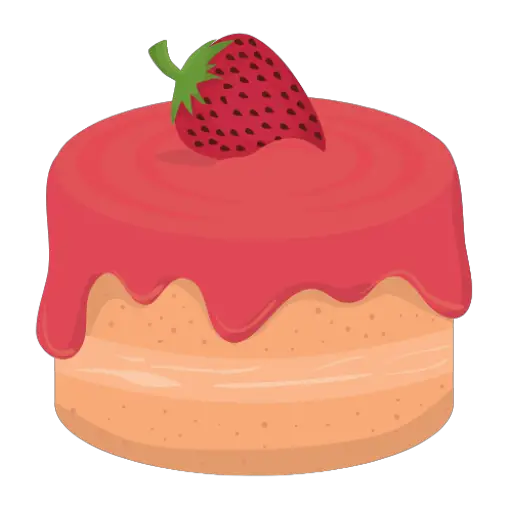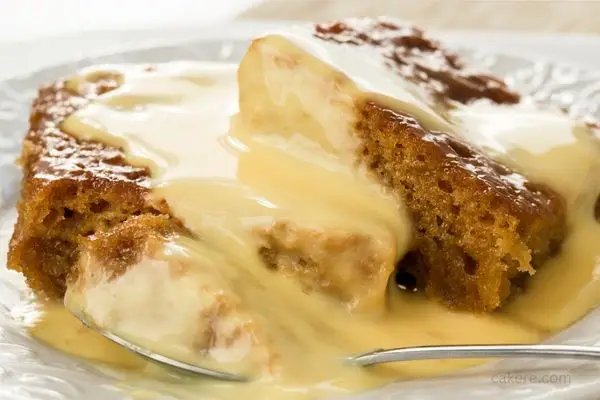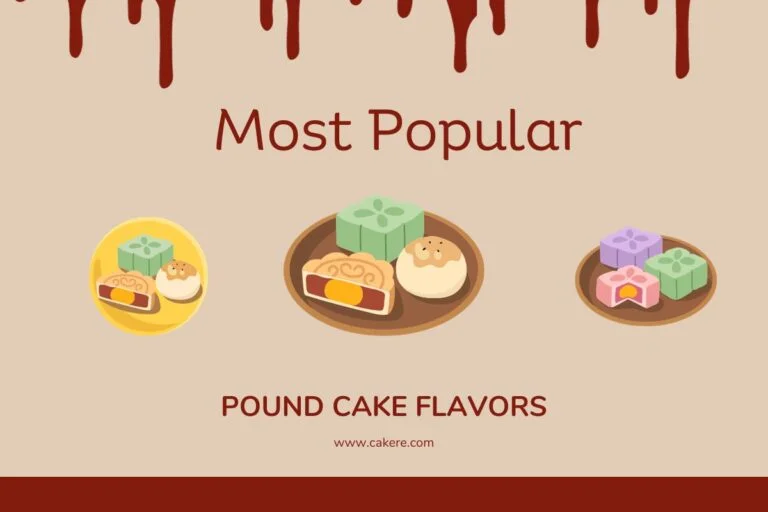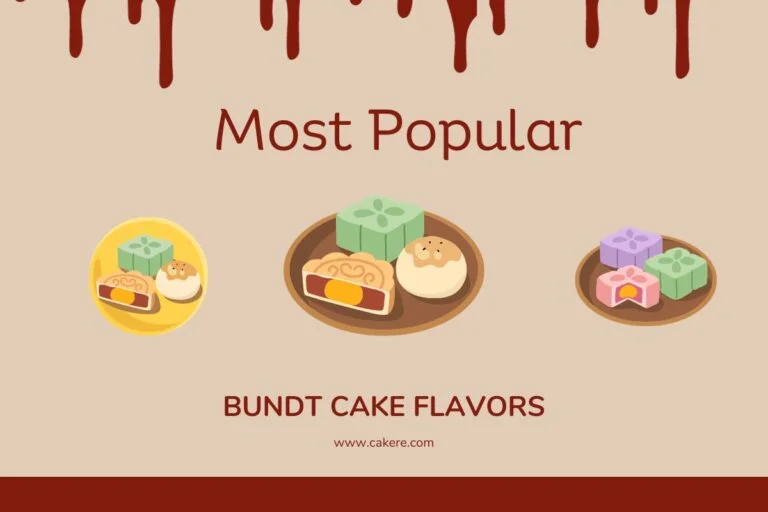If you have a sweet tooth and love the creamy, rich taste of frosting, then vanilla frosting is a classic choice that never fails to impress. Whether you’re decorating a cake, cupcakes, or cookies, vanilla frosting adds a touch of elegance and sweetness to your baked goods.

What is Vanilla Frosting?
Vanilla frosting is a creamy, sweet topping made primarily from butter, powdered sugar, and vanilla extract. It has a smooth and luscious texture that spreads easily and can be piped into beautiful designs.
The flavor of vanilla frosting is characterized by the distinct notes of vanilla, which add a comforting warmth to your desserts.
Types of Vanilla Frosting
1. Classic Vanilla Frosting
The classic vanilla frosting recipe combines butter, powdered sugar, vanilla extract, and a touch of milk.
It results in a smooth, buttery frosting with a balanced sweetness. This type of frosting is perfect for traditional cakes, cupcakes, and cookies.
2. Cream Cheese Vanilla Frosting
Cream cheese vanilla frosting adds a tangy twist to the classic recipe. By incorporating cream cheese into the mixture, the frosting gains a subtle tanginess that complements the sweetness of vanilla. It pairs exceptionally well with carrot cake and red velvet cake.
3. Whipped Vanilla Frosting
Whipped vanilla frosting is light and airy, with a fluffy texture that melts in your mouth. This type of frosting is achieved by whipping heavy cream and incorporating it into the butter, powdered sugar, and vanilla mixture.
Whipped vanilla frosting is ideal for filling and frosting layer cakes.
4. Vegan Vanilla Frosting
For those following a vegan lifestyle, there’s no need to miss out on the deliciousness of vanilla frosting.
Vegan vanilla frosting substitutes dairy products with plant-based alternatives like vegan butter and non-dairy milk. It’s just as creamy and flavorful as its non-vegan counterparts.
How to Make Vanilla Frosting?
Making your own vanilla frosting is surprisingly simple and allows you to customize the flavor and consistency to your liking. Here’s a basic recipe to get you started:
Ingredients:
- 1 cup unsalted butter, softened
- 4 cups powdered sugar
- 2 teaspoons vanilla extract
- 2 tablespoons milk (or as needed)
Instructions:
- In a large bowl, beat the softened butter until creamy.
- Gradually add powdered sugar, about 1 cup at a time, while continuing to beat the mixture until smooth and well incorporated.
Add the vanilla extract and mix well.
- Slowly add milk, one tablespoon at a time, and continue beating until the desired consistency is reached. Add more milk if a thinner consistency is preferred.
- Once the frosting is smooth and creamy, it is ready to be used as a delectable topping for your favorite baked goods.
Tips for Perfect Vanilla Frosting
Achieving the perfect vanilla frosting requires attention to detail and a few helpful tips. Here are some suggestions to ensure your frosting turns out irresistible:
- Use room temperature ingredients: Allow the butter to soften at room temperature, and use milk and eggs that are not too cold. This helps in achieving a smooth and lump-free texture.
- Sift the powdered sugar: Sifting the powdered sugar before adding it to the butter ensures a silky-smooth frosting without any lumps.
- Gradually add ingredients: Adding the powdered sugar and milk gradually prevents the frosting from becoming too thick or runny. It allows for better control over the consistency.
- Beat the frosting well: Take the time to beat the frosting thoroughly, ensuring all ingredients are fully incorporated and the texture is creamy and fluffy.
- Chill the frosting: If the frosting becomes too soft, refrigerate it for a short while to firm it up before using it for piping or decorating.
Creative Ways to Use Vanilla Frosting
While vanilla frosting is a classic choice for frosting cakes and cupcakes, its versatility extends beyond the traditional uses. Here are some creative ways to incorporate vanilla frosting into your culinary creations:
- Sandwich cookies: Spread a dollop of vanilla frosting between two cookies to create delectable sandwich cookies. You can even roll the edges in sprinkles or chopped nuts for an extra touch of delight.
- Fruit dip: Whip vanilla frosting with cream cheese for a creamy and indulgent fruit dip. Serve it alongside fresh fruits for a refreshing and satisfying treat.
- Brownie topping: Spread a generous layer of vanilla frosting over freshly baked brownies for a delightful combination of flavors. The creamy sweetness of the frosting perfectly complements the rich chocolatey brownies.
- Pancake drizzle: Warm up vanilla frosting and drizzle it over a stack of fluffy pancakes. This adds a touch of sweetness and elevates your breakfast to a whole new level.
- Dessert cups: Layer vanilla frosting with crumbled cookies, fresh fruits, and whipped cream in individual dessert cups for an elegant and easy-to-assemble dessert.
Vanilla Frosting vs. Buttercream
One common question that arises is the difference between vanilla frosting and buttercream. While both are used as cake and cupcake toppings, they do have slight distinctions:
Vanilla frosting, as mentioned earlier, is primarily made with butter, powdered sugar, and vanilla extract. Its texture is smooth and creamy, and it has a distinct vanilla flavor.
Buttercream, on the other hand, is a broader term that encompasses various types of frostings made with butter as the base. It can include different flavors such as chocolate, strawberry, or caramel. Buttercream frostings tend to be lighter and fluffier than vanilla frosting, making them ideal for piping intricate designs.
Ultimately, the choice between vanilla frosting and buttercream depends on personal preference and the specific dessert you’re creating.
Healthier Alternatives to Vanilla Frosting
For those looking for healthier alternatives to traditional vanilla frosting, there are several options available that still offer a delicious taste. Here are a few healthier substitutes you can consider:
- Greek yogurt frosting: Swap out the butter for Greek yogurt to create a lighter and protein-rich frosting. Add a touch of honey and vanilla extract for flavor.
- Coconut cream frosting: Use the thick cream from canned coconut milk to create a dairy-free and vegan-friendly frosting. Whip the coconut cream with powdered sugar and vanilla extract until light and fluffy.
3. Cashew cream frosting: Soak cashews overnight, then blend them with coconut oil, maple syrup, and vanilla extract until smooth. This creamy and nutty frosting is a delightful alternative.
- Avocado frosting: Mash ripe avocados and mix them with cocoa powder, honey or maple syrup, and vanilla extract. This rich and creamy frosting provides healthy fats and a unique twist of flavor.
These healthier alternatives allow you to enjoy the goodness of frosting while incorporating nutritious ingredients into your desserts.
Troubleshooting Vanilla Frosting
Sometimes, even the most experienced bakers face challenges with their vanilla frosting. Here are some common issues and their solutions:
- Runny frosting: If your frosting is too runny, add more powdered sugar, a tablespoon at a time, until it thickens to the desired consistency.
- Grainy texture: Grainy frosting can result from insufficiently mixed powdered sugar. Beat the frosting for a longer duration until the grains dissolve and the texture becomes smooth.
- Air bubbles: If your frosting has air bubbles, tap the bowl on the countertop a few times to release the air. Alternatively, you can use a spatula to gently fold and press out the bubbles.
- Too sweet: To reduce the sweetness of your frosting, add a pinch of salt or a small amount of lemon juice. This will balance the flavors and create a more nuanced taste.
Remember, practice makes perfect, and with a little troubleshooting, you’ll be able to create flawless vanilla frosting every time.
FAQs
Yes, you can use salted butter, but keep in mind that it may alter the overall taste of the frosting. Adjust the amount of additional salt accordingly.
Yes, you can freeze vanilla frosting. Place it in an airtight container and freeze for up to 3 months. Thaw it in the refrigerator overnight and bring it to room temperature before using.
Absolutely! Add a few drops of food coloring to achieve the desired shade. Gel or paste food coloring works best as it doesn’t affect the consistency of the frosting.
Stored in an airtight container in the refrigerator, vanilla frosting can last for about a week. Before using, bring it to room temperature and give it a good stir.
Margarine can be used as a substitute, but keep in mind that it may alter the flavor and texture of the frosting. Opt for a margarine with a high fat content for the best results.
Conclusion
Vanilla frosting is a delightful and versatile topping that adds a touch of sweetness to any dessert. Whether you prefer the classic version, a cream cheese twist, or a fluffy whipped variation, vanilla frosting is sure to enhance the flavor and appearance of your baked goods.
With the tips and techniques provided, you’ll be able to create perfect vanilla frosting every time and explore creative ways to use it beyond traditional cake decoration.



